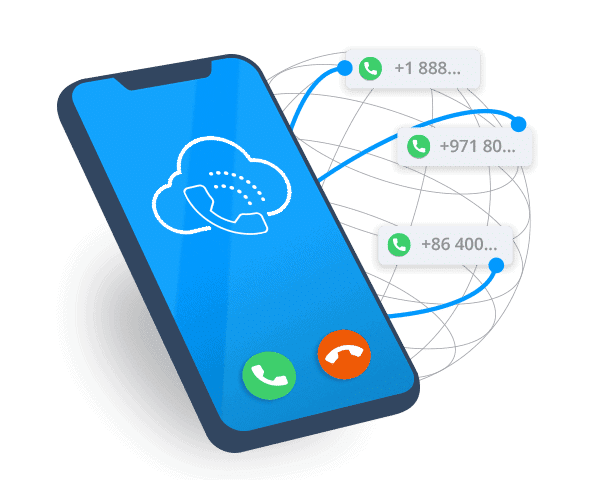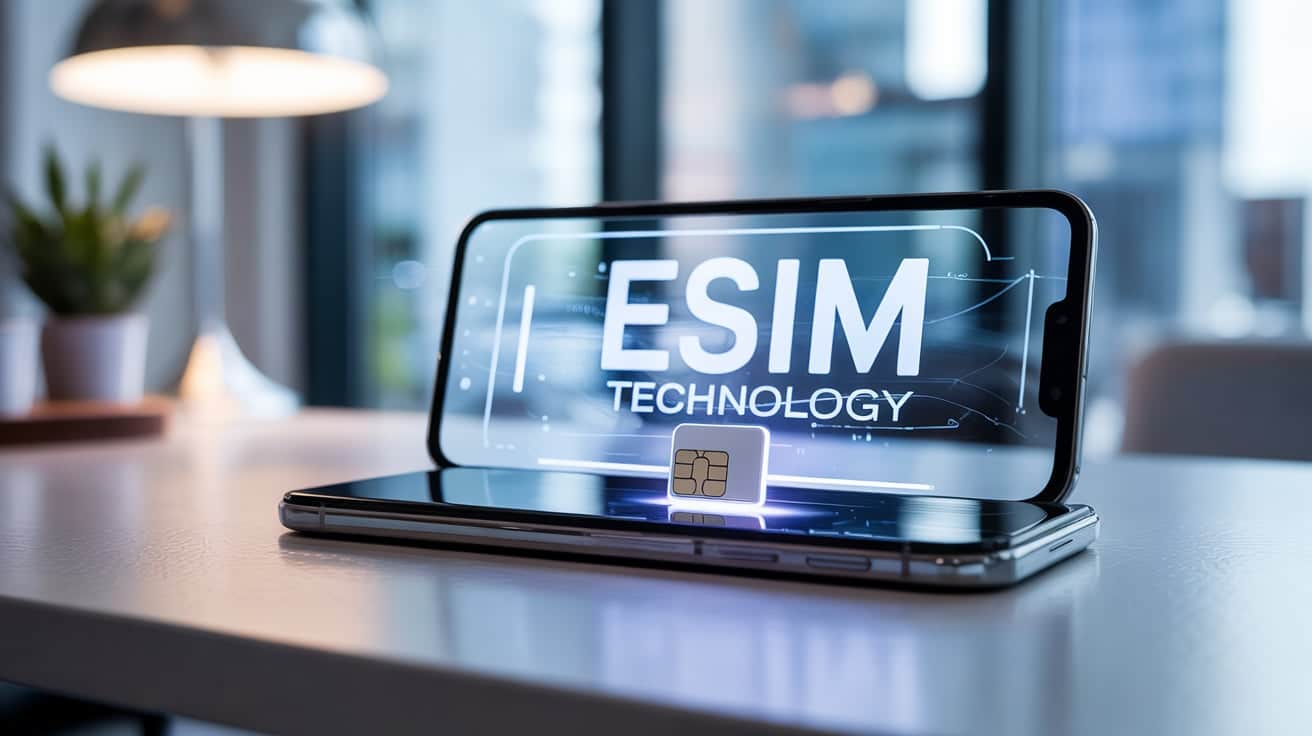In an increasingly globalized and digitalized world, companies need to communicate faster, more efficiently and more flexibly than ever before. The way we talk to each other professionally is changing rapidly – driven by new technologies and the desire for mobility, cost efficiency and international presence.
One of the most exciting developments in this area is the use of virtual phone numbers. They are not just a technical toy for IT-savvy companies, but a strategic tool that is revolutionizing all business communication.
One provider that elegantly combines these technologies is eSIM Plus. The platform offers a user-friendly app that allows companies and individuals to book, manage and use international virtual phone numbers in just a few minutes – together with mobile data tariffs via eSIM.
What Is a Virtual Phone Number – and How Does It Work?
A virtual phone number is a cloud-based phone number that is not tied to a fixed SIM card or a physical phone line. Instead, it is managed via the internet and can be forwarded to various devices – smartphones, laptops, tablets or VoIP phones.

Technically speaking, a virtual number uses so-called VoIP technology (Voice over IP). This means that voice is converted into digital data packets and transmitted via the internet. The number itself can originate from practically any country – even if the user is on the other side of the world.
A company in Berlin can use a British, French or US telephone number without having an office there. Calls to this number are still routed directly to employees in Germany or wherever they happen to be. The 7 most important advantages of virtual telephone numbers for companies:
- Global accessibility with local authenticity. Many customers prefer to call a local phone number – it feels familiar and generates trust. Virtual numbers enable exactly that: A German company can easily operate an Italian or Canadian telephone number to address customers there directly. This increases conversion rates and reduces inhibitions in customer communication.
- Maximum mobility for modern teams. Home office, remote work, workstations – the world of work is no longer tied to a specific location. Virtual numbers make companies mobile and independent of fixed offices or lines. Whether the team is working abroad or on a business trip: accessibility remains constant and no one has to misuse private telephone numbers.
- Professional appearance – even for small teams. Virtual telephone numbers can be combined with functions such as call forwarding, IVR menus (interactive voice response systems), voicemail, SMS forwarding or automatic call-backs. Even a sole trader can create a professional customer service that gives the impression of a larger company.
- Easy administration and scalability. Add new numbers? Move numbers between employees? Done in minutes. Cloud-based systems make administration child’s play. For start-ups and growing companies, this means rapid scaling without high investment costs or complex technical infrastructure.
- Secure separation of work and private life. Freelancers and self-employed people in particular often use their private cell phone number for business contacts. This can quickly lead to stress, confusion or data protection problems. With a virtual business number on the same device, private life remains protected and professional life clearly structured.
- Cost efficiency – no expensive international calls. International calls via virtual telephone numbers are significantly cheaper than via traditional telephone networks. The costs can be calculated predictably and roaming charges are completely eliminated. This allows several mobile phone providers and phone numbers to be managed on one device – without having to change SIM cards.
- Integrability into existing systems. Modern providers of virtual telephone numbers offer APIs and integrations to CRM systems, helpdesk tools and collaboration software. This means seamless working and automated processes, e.g. call logging in Salesforce, automatic leads in HubSpot or linking with Slack notifications.
Virtual Phone Numbers and eSIM Technology – a Powerful Duo for Modern Communication

The next stage of this development is the combination of virtual telephone numbers with eSIM technology. The eSIM (embedded SIM) replaces the classic physical SIM card with a programmable chip module in the device. This allows several mobile phone providers and phone numbers to be managed on one device – without having to change SIM cards:
- Travel and roaming friendly. eSIMs offer low-cost mobile data tariffs in over 150 countries.
- Fast activation. No postal delivery, no plastic – the eSIM is activated via QR code.
- Can be flexibly combined with virtual numbers. One device, multiple numbers, full control.
What Makes eSIM Plus Special?
Virtual phone numbers from over 100 countries, including Germany, USA, UK, France, Spain, Japan and more. Mobile data tariffs worldwide – perfect for business trips, projects abroad or digital nomads. Central app for iOS and Android, including call control, SMS management and voicemail. No long-term contract, no additional hardware required. Instant activation via app or QR code
Thanks to eSIM Plus, employees can use one device for all their business and private communication needs. New team members can be given their own business number in a flash, customer support can be distributed across several locations – and all this is cost-efficient, transparent and flexible:
- Start-ups with international growth. Use of virtual numbers in different target markets for customer acquisition
- Customer support teams abroad. Virtual German hotline – accessible via an eSIM, without roaming
- Digital nomads and freelancers. Separation of business and private life when traveling
- Companies with hybrid working models. Decentralized teams, centralized number structure
Virtual telephone numbers are more than just a technical trend – they are a strategic component of modern corporate communication. They enable global accessibility, maximum flexibility, cost efficiency and professional customer service without high infrastructure costs or complex hardware.
With solutions such as eSIM Plus, the combination of virtual telephony and mobile eSIM technology is particularly powerful – and the perfect choice for companies of all sizes that want to move with the times. Those who invest in digital communication solutions today will be better connected, more agile and more competitive tomorrow.


















